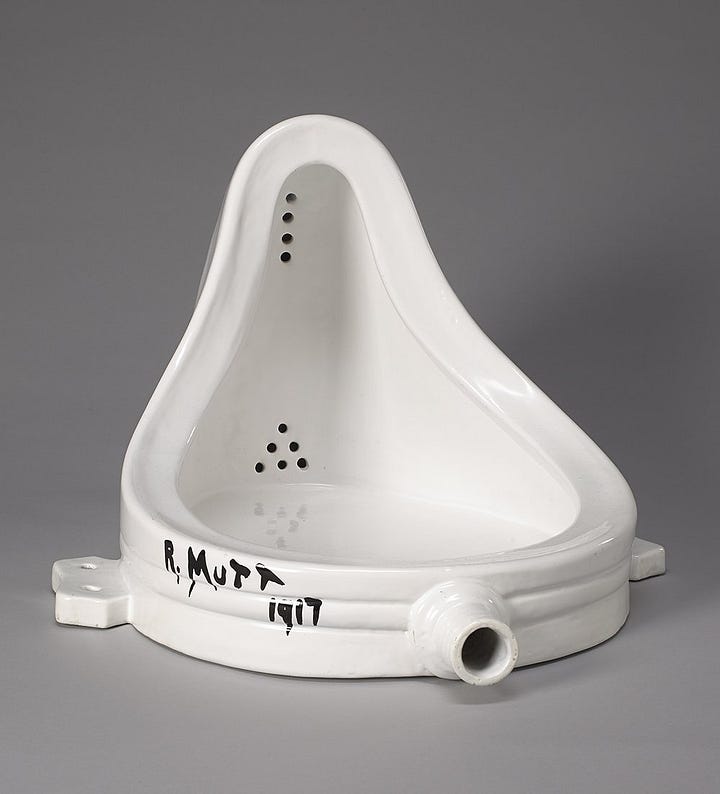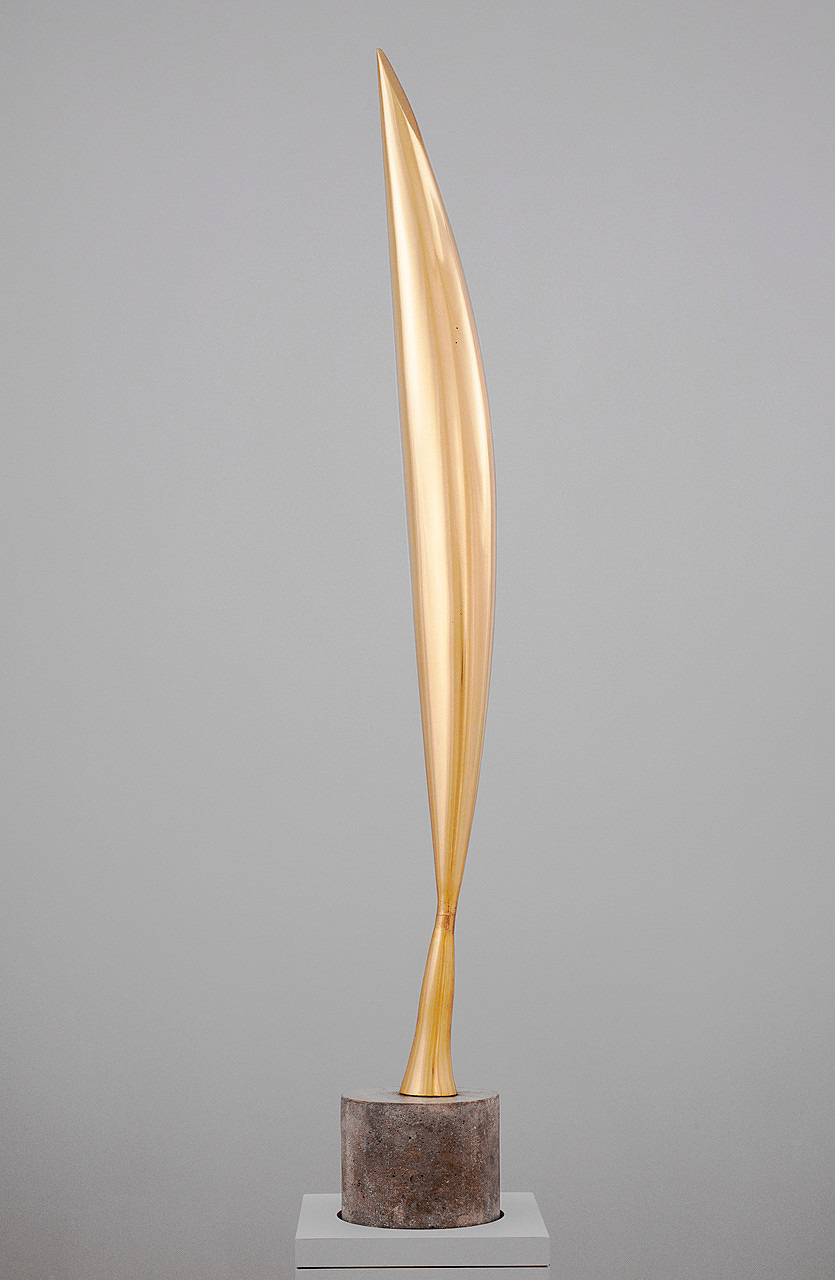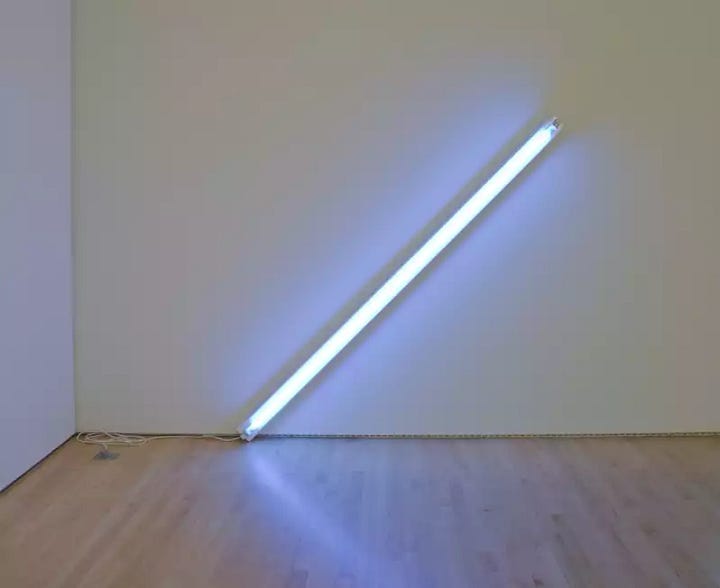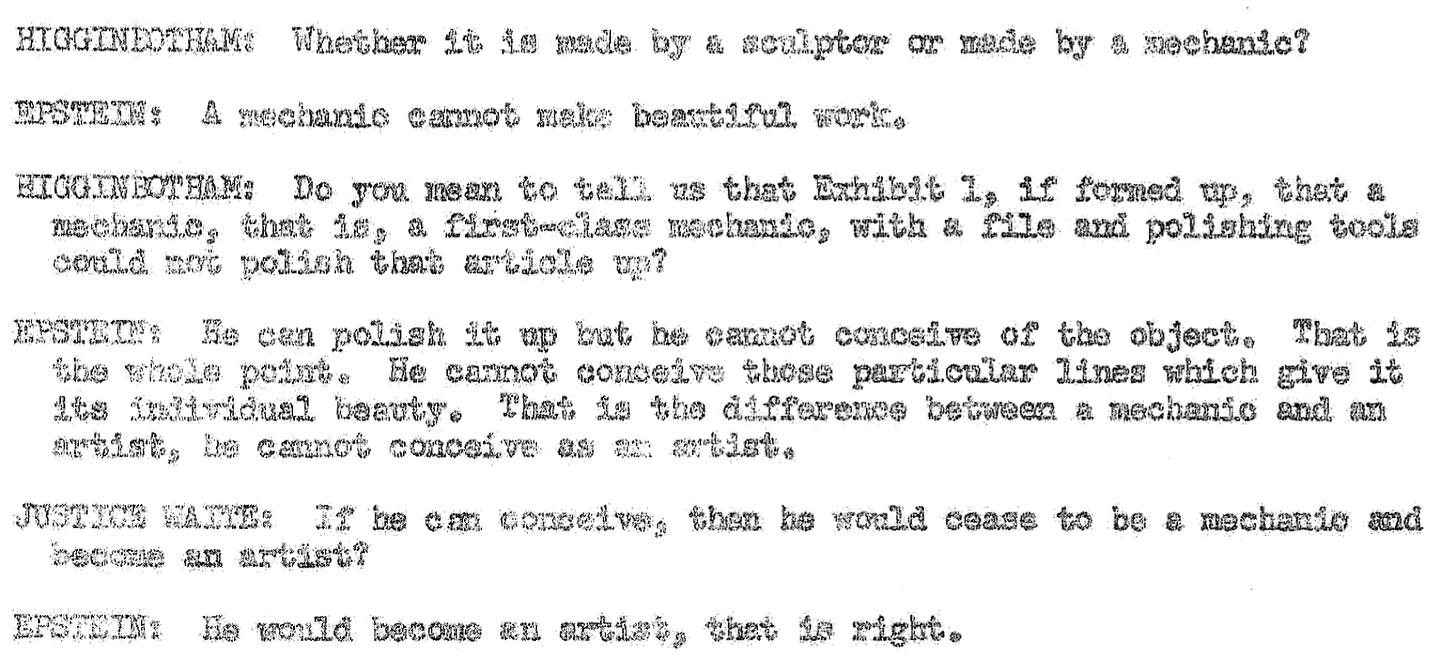What comes to mind first if I ask you “What is art?” Take a minute to think about it.
🤔 (one minute count down…)
If you struggled finding a clear definition for art, don’t worry, I did, too. Many people have been trying to define art from different perspectives. Artists like Marcel Duchamp have challenged the boundaries between everyday objects and artworks. Thinkers like Pierre Bourdieu expanded art beyond static objects to include the dynamic interactions with audiences. You probably also have contemplated if an abstract painting in a museum should be art or not. But we don’t often hear how our legal systems define art.


My art law class this semester brought this unique perspective to the table. On the first day of class, the professor presented two import duty cases as examples of the legal struggle to define art. These two cases revealed many interesting points about people’s perception of art.
The first case Brancusi v. The United States is almost 100 years old now, and the imported sculpture “l'oiseau” (Bird in Flight) by Constantin Brancusi (image below) is the center of debate. The Appellant (the side appealing to the US, which is the artist Brancusi) argues that the object is art, specifically a sculpture, and therefore should pay zero import duty according to a Tariff Act. The Respondent (the one being sued, which is the US) argues the opposite and insists the object is subject to a higher import duty. The judge ruled “l'oiseau” as a sculptor because of its originality and the commonly acknowledged aesthetic value.

Both sides brought forward witnesses to court and asked them questions about Brancusi as a sculptor and the sculpture. Here are some interesting bits of the cross examination:
The judge asked Epstein, a witness who is a sculptor, about the “reputation” of Brancusi. This question reflects the relational nature of the art world–recognition, reputation, and prestige can decide if one is an artist or not.
Do you agree with Epstein’s definition of art as something that “pleases the sense of beauty”?
I like how Epstein framed art as a conscious and deliberate process of creation. This deliberation proved originality which, in my opinion, was the winning point in this case.
The second case happened in 2008 between Haunch of Venison Gallery and the UK Customs regarding the import of a Bill Viola video installation and a Dan Flavin light sculpture. The Gallery argues that both works fit the legal definition of sculptures—”all three dimensional artistic productions, irrespective of the techniques and materials used,” so they should pay a lower import tax. The opposing side argues that the installations are only artworks when all parts are assembled in the intended way. As a result, the parts disassembled for shipping should be categorized as “electronic devices” and charged a higher tax. The judge ruled that both works qualify as sculptures because they are three-dimensional, released in limited quantities, and are original creations.


However, the EU intervened after the trial, changing the regulation to disqualify disassembled components of sculptures or installations as art. This shows a gap between the development of contemporary art and the legal understanding of it. New art schools emphasizing the process, abstraction, and interaction with viewers have emerged, but the judges’ perceptions of art remain unchanged, leading to unfair judgements and loopholes in copyright protection.
Reading how attorneys and judges try to define art demystified art for me and made me reflect my own assumptions about the creative process. Did the legal perspective help you form your own definition of art?
Hope you enjoyed this week’s Does of Art ;) Keep reading for more insider content!
If you have feedback or things you want to know, please let me know down below 👇 or email yanlinwu20@gmail.com!







this is so interesting! i guess if you think about it if you ship a bunch of art materials its not art
Really cool read :)